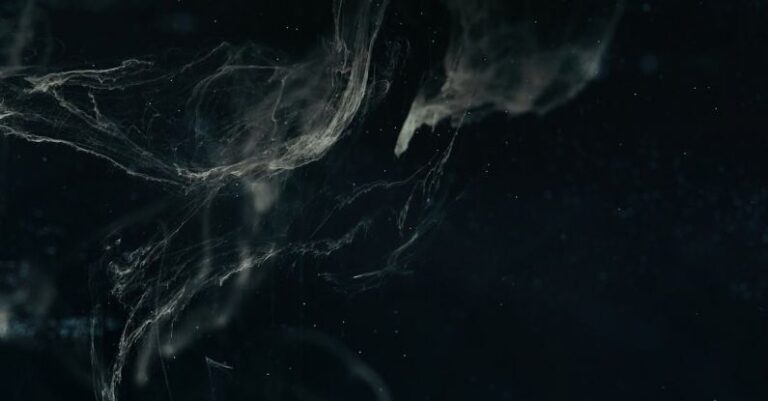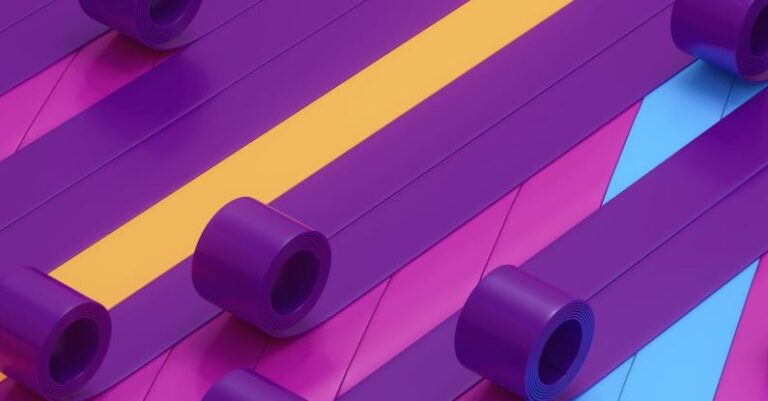What Are the Different Styles of Animation

Animation is a captivating art form that has evolved over the years to encompass various styles and techniques. From traditional hand-drawn animation to cutting-edge computer-generated imagery, the world of animation offers a diverse range of styles that cater to different tastes and preferences. Understanding the different styles of animation can provide insight into the creative processes and visual aesthetics that define this dynamic medium.
Traditional Animation:
Traditional animation, also known as 2D animation, is one of the oldest forms of animation that involves creating individual frames by hand. Each frame is then photographed or scanned to create the illusion of movement when played in sequence. This style of animation has a rich history dating back to the early days of cinema and continues to be a popular choice for many animators due to its timeless appeal and expressive qualities.
Stop Motion Animation:
Stop motion animation is a unique style that involves manipulating physical objects or puppets frame by frame to create movement. This labor-intensive technique requires meticulous attention to detail and precise coordination to achieve smooth motion. Popular examples of stop motion animation include the works of Aardman Animations, known for their charming characters Wallace and Gromit.
Claymation:
Claymation is a specific type of stop motion animation that uses clay or plasticine figures to bring characters to life. This style of animation is beloved for its tactile and playful aesthetic, with each character meticulously sculpted and animated by hand. Claymation films like “Chicken Run” and “The Nightmare Before Christmas” have captivated audiences with their unique visual style and imaginative storytelling.
Cutout Animation:
Cutout animation involves creating characters and backgrounds from paper, fabric, or other materials that are then moved and filmed to simulate motion. This style of animation is often used in educational videos and children’s programming due to its accessibility and simplicity. Shows like “South Park” and “SpongeBob SquarePants” utilize cutout animation techniques to create their distinctive visual identities.
Motion Graphics:
Motion graphics combine animation with graphic design elements to convey information or enhance visual storytelling. This style of animation is commonly used in advertising, title sequences, and explainer videos to create dynamic and engaging visuals. Motion graphics can range from simple text animations to complex visual effects, showcasing the versatility and creativity of this style.
3D Animation:
3D animation, also known as computer-generated imagery (CGI), utilizes digital modeling and animation software to create three-dimensional characters and environments. This style of animation is widely used in feature films, video games, and television shows for its realistic and immersive visuals. Pixar Animation Studios is renowned for its groundbreaking work in 3D animation, producing iconic films like “Toy Story” and “Finding Nemo.”
Experimental Animation:
Experimental animation encompasses a wide range of unconventional techniques and styles that push the boundaries of traditional animation. Artists and filmmakers use experimental animation to explore abstract concepts, emotions, and visual aesthetics that defy conventional storytelling norms. This avant-garde approach to animation challenges viewers to think beyond the confines of narrative structure and embrace the medium’s artistic possibilities.
In conclusion, the world of animation is a diverse and vibrant landscape that offers a multitude of styles and techniques for artists and audiences to explore. From the timeless charm of traditional hand-drawn animation to the cutting-edge technologies of 3D animation, each style brings its own unique visual language and creative possibilities. By understanding the different styles of animation, we can appreciate the artistry and innovation that continue to shape this dynamic medium.





